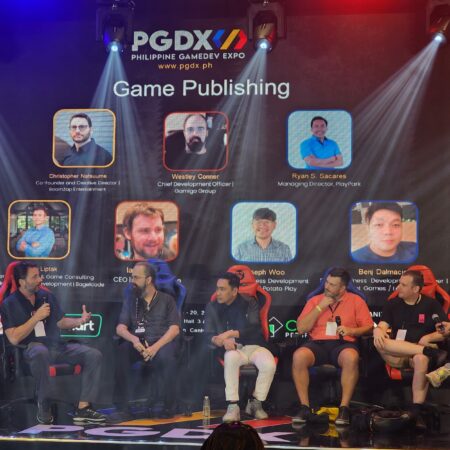The game development pipeline covers the process from conceptualizing a video game to its completion. It is similar to any other production line, which makes it easier to maintain the workflow to deliver the work. It also considers the budget along with the timeline. Game development is not easy, however, with the help of the pipeline, the task does not remain a herculean task. Here are the different stages of the pipeline of developing a video game from success.
Planning
The first stage of the game’s developmental stage includes planning. In the planning stage, different stakeholders come together to brainstorm the gaming idea. Questions like the type of video game, the key features, characters, platforms, the set-up, and finally, the target audience are answered. Just like buying a ticket to win a Lotto Result is important; similarly, planning works like the backbone of game development, which lays the foundation.
It is also the stage where the project cost is considered, the available resources are examined and the need for the team’s expertise is considered. For instance, if a developer plans a game involving money-earning features like 6D Lotto, they will discuss the legalities of it with a lawyer.
Pre-Production
The making of the game starts in this stage. The ideas laid out in the previous stage are given life in this stage. Collaboration between the different stakeholders like writers, developers, designers and project leaders takes place. Depending upon the game’s scale, this stage can also extend to a year. It comprises mainly 20% of the game development production time.
Prototyping
In the pre-production stage, the design of the game is nearly completed, and then we get a prototype of the video game. While prototyping, the game is tested for different aspects like mechanics, user experience, gameplay and functionality. Basically, in this stage, the makers check whether the theories they worked on in the very first stage are fulfilled or not. Further, it gives a predictable time for the video game launch. Prototyping is also essential to identify the bugs in the game.
Prototyping is essential for the quality assurance of the game. The quality is assured by studying closely the functional testing type like user acceptance game testing and security access control game testing. Along with it, non-functional game testing like load game testing, volume game testing, and configuration game testing are checked.
Pre-Launch
It is common for gaming studios to release a beta version of the games to the players. In the pre-launch stage, the game is delivered to a certain section of the target audience to know their feedback. Based on the feedback, a few changes can take place in this stage, which finally makes the game ready for launch. Also, it is the stage where bugs of different kinds are fixed and a polished version of the game is rolled out.
Launch
All the previous steps finally prepare the game for the final launch. Primarily, a buzz of the game already exists in the market before the final stages; thanks to the pre-launch events Once all the problems of the game are fixed, a game launch takes place. In this event, the video game is rolled out for mass consumption.
Post-Launch
The game development process does not stop after the game is finally launched. There is a post-launch stage in the pipeline of developing a game. Most video games, despite multiple tests, are left with minor bugs. In this stage, such bugs are identified and fixed. The players who report the bugs play an important role in the post-launch stage. Also, software updates for the games are provided to the player at this stage. Many times, after the launch of the video game, the developers keep working to further grow the game through new levels and storylines.
Different Pipelines For Different Games
Even though the above stages are standard for the development of any video game, they can differ from one game to another. It is because each stage brings a unique value to the game’s development. Understanding these stages is vital to ensure that the game is launched after it is thoroughly polished. Developing a game is a difficult process that houses many bottlenecks. Therefore, it becomes essential to stay flexible in all stages.





